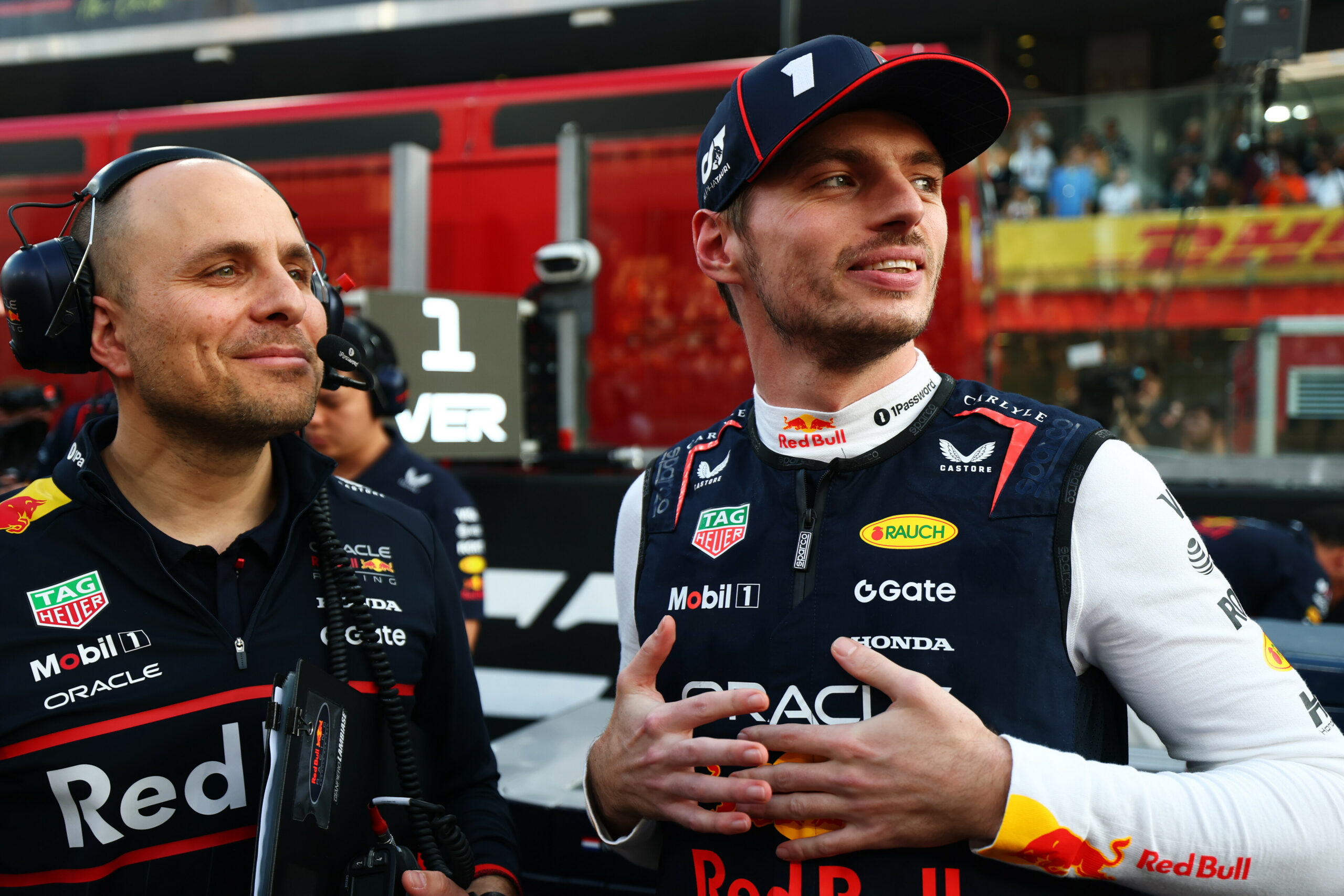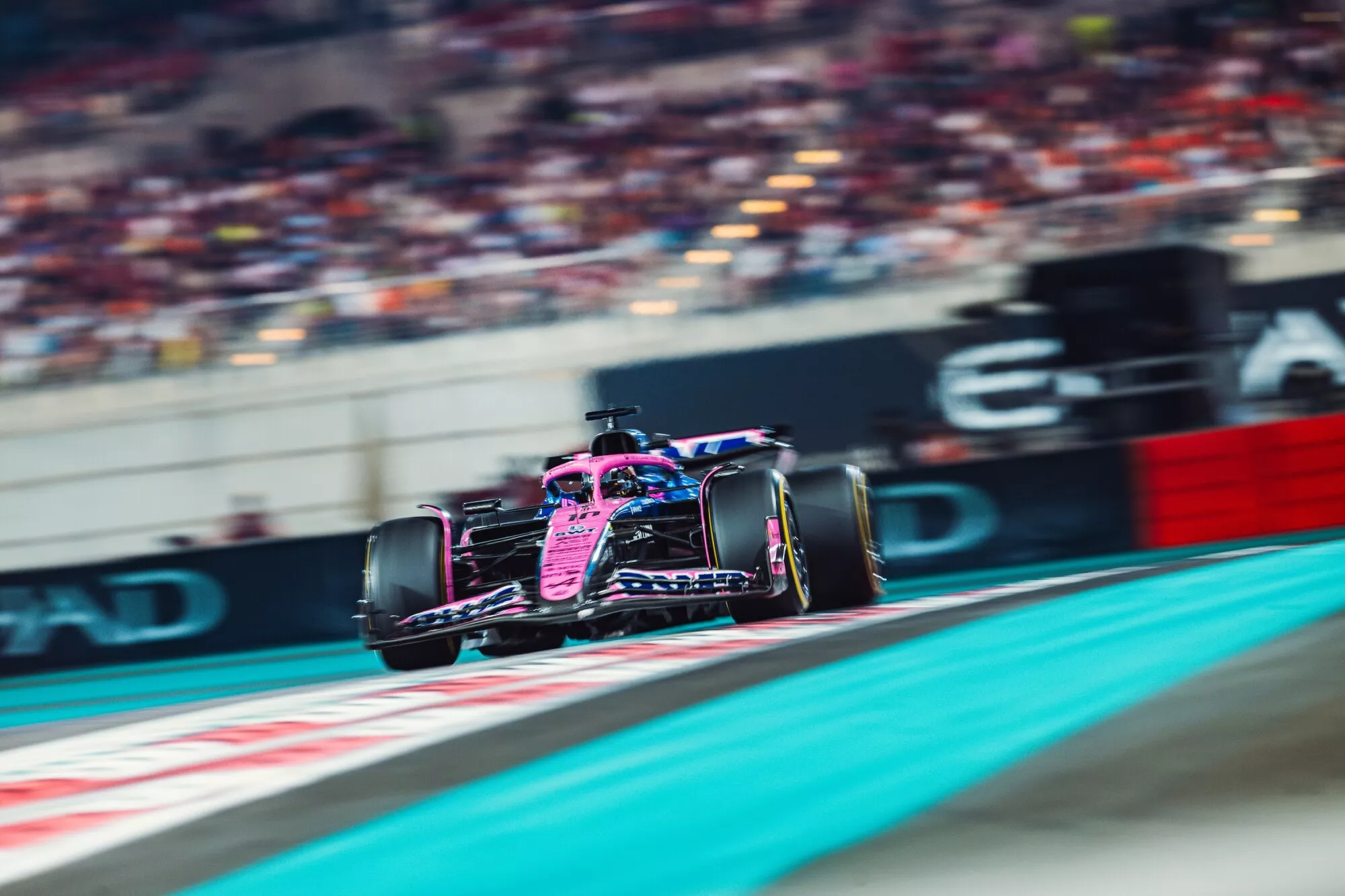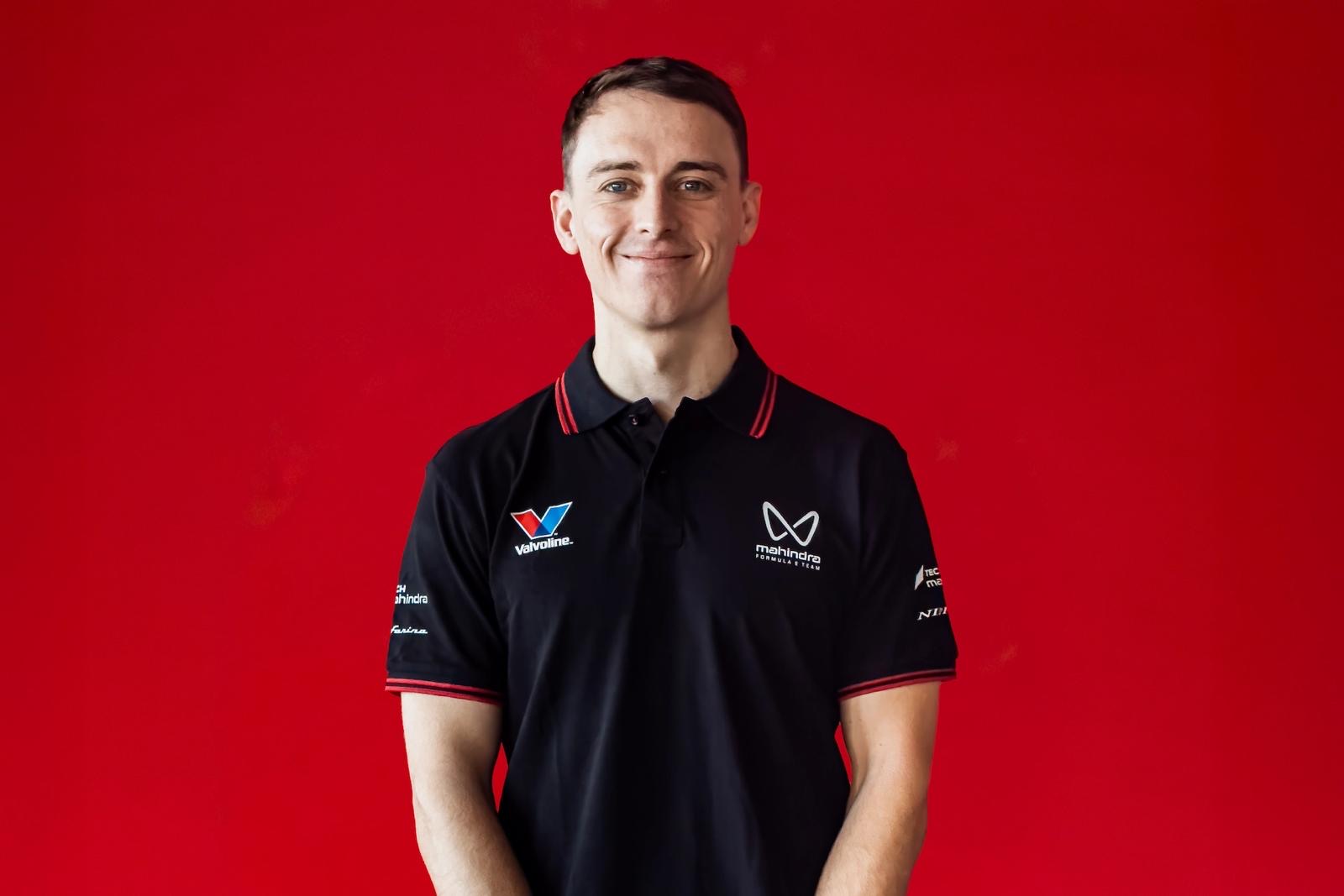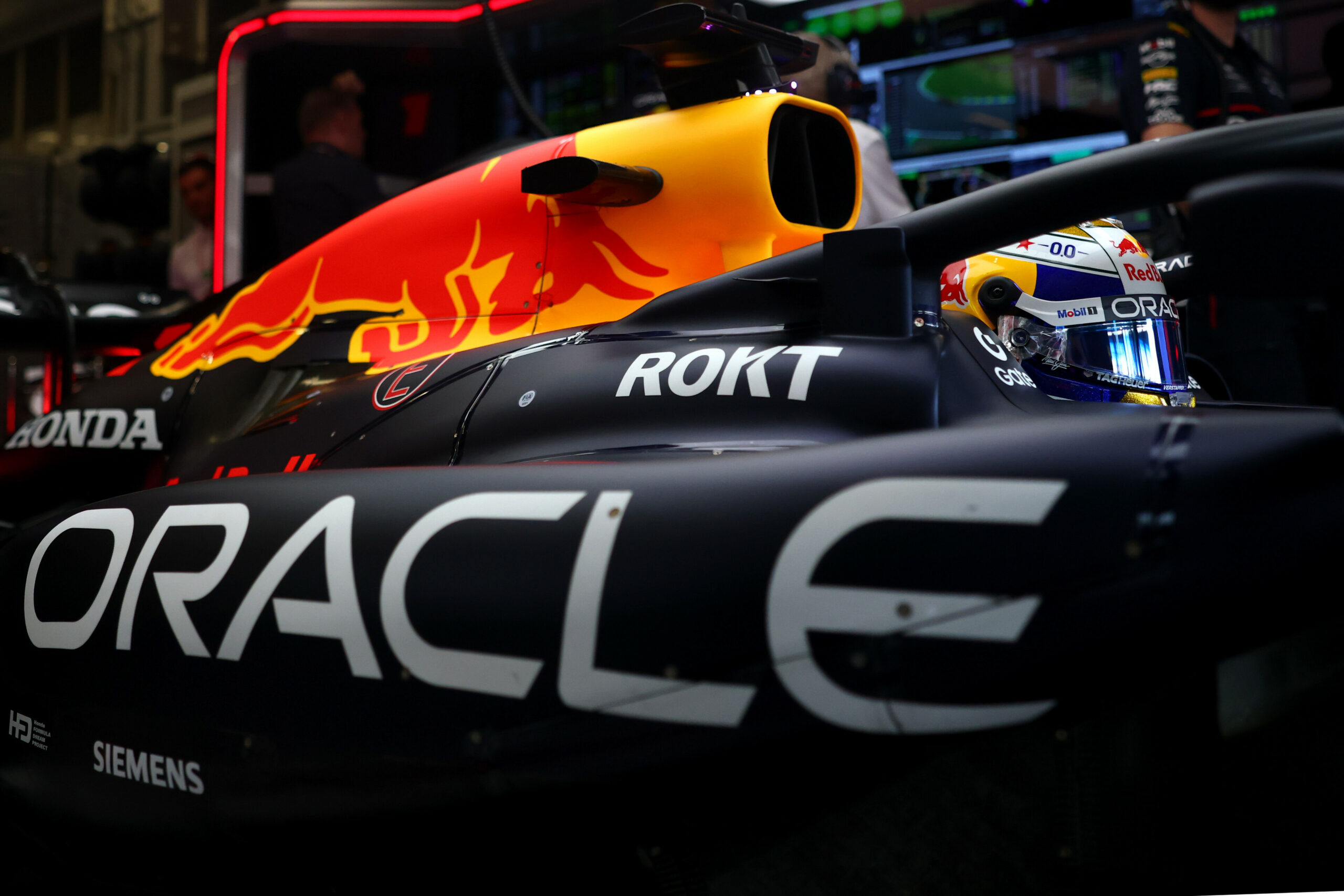It was a busy weekend, the one experienced by the fans in Las Vegas who wanted to attend the F1 Grand Prix.
Despite not paying, they demolished the screens around the venue that blocked the view of the track from public areas. Problems compounded by protests over spectators being removed from the stands prematurely during FP2.
The debut Las Vegas GP embodied, data in hand, a new standard relating to the F1 show, especially when talking about activities not strictly linked to the action on the track. An event which, for now, represents an exception compared to what F1 has accustomed its fans to. An event which, however, despite the great anticipation that preceded its appearance on the calendar and the pomp that characterized it, also presented some less “glittering” aspects.
In fact, the GP weekend in the state of Nevada sparked quite a bit of controversy among the residents of the area and other fans due to the installation of barriers and screens that did not allow a view of the action.
Barriers that they attempted to remove but which were promptly replaced, for safety reasons, with cage-like structures that completely covered the bridges to cross the Strip.

Photo credit: Red Bull Content Pool
As if that wasn’t enough, other barriers were positioned near the fences along the perimeter of the track, in the Strip area, which remained accessible to residents even during the racing sessions. Screens which, however, locals (dressed in team clothing) “pierced” to have a view of the events on the track. A move that led security staff to unsuccessfully attempt to remedy this by replacing them between each session.
A problem since Friday has affected the area in front of the Planet Hollywood casino and hotel, near turn 14 (the strip off the Strip) and which, as happened in Brazil and Australia, led the FIA to summon the organisers to explain what happened and the spectators’ violation of some rules, even if not related to their safety, since the fences in question were far from the trackside barriers and the fans did not run any risk (unlike Melbourne and Sao Paulo).
A problem for the organisers which followed the one relating to the poorly fixed cover which in FP1 damaged Carlos Sainz’s Ferrari (also forcing him to collect a 10-place grid penalty).
A loose water valve cover, together with the others on the track, has been fixed, guaranteeing safety on the track to prevent their movement as cars pass. An operation that caused a delay of almost three hours in the FP2 session. As a consequence, however, it led to the fans being removed from the track before the session started as the security staff had finished their shift.
A decision that left spectators dissatisfied who, supported by a Nevada law firm, initiated legal action against the organisation of the Las Vegas GP to obtain appropriate refunds.
In short, a turbulent first edition for the event promoters.





